10 salicylic acid alternatives to treat pimples
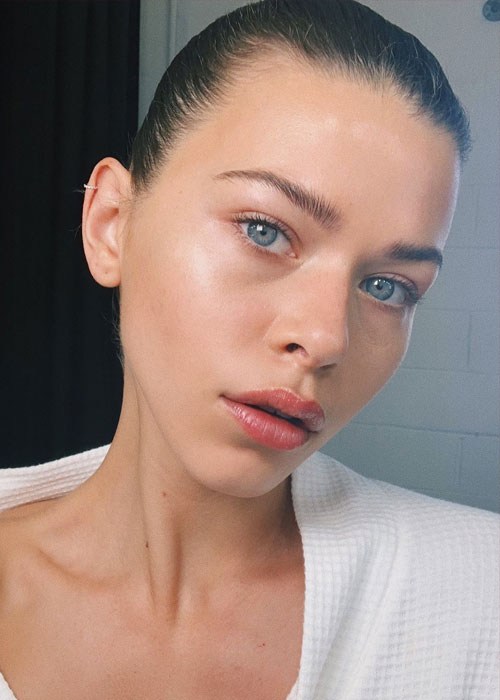
Salicylic acid just ain’t cutting it? Try these
Salicylic acid just ain’t cutting it? Try these
Suffering from acne breakouts? Chances are you’ve already tried one of the most common dermatologically-recommended ingredients to help tackle spots: Salicylic acid.
Salicylic acid is a beta hydroxy acid (BHA) that works to remove excess oil, get rid of dead skin cells, and dry out pimples. “[It] is oil-soluble, which is perfect for acne, as it helps to dissolve the excess oil produced in the pores or oil glands within the skin, as well as break apart the skin cells on the surface that hold the oil or sebum in,” says dermal therapist Dr Giulia D'Anna from Dermal Distinction.
“Acne is complex, but primarily it is caused by an excess amount of androgens (or male hormone testosterone), which causes an elevated amount of oil or sebum to be produced,” she explains. “This sebum is sluggish and cannot move out of the pores easily. Combined with this, the skin cells on the surface tend to stick together, causing the sebum to build up. The final piece of the puzzle is that this is the perfect environment for a bacteria known as P. acnes, which thrives in a low oxygen environment.”
“Salicylic acid combats all this by helping to loosen the skin that blocks the pores, and helps to dissolve the sebum or oil, making the environment less attractive to P. acnes.”
Why is salicylic acid not working for me?
Treating acne can be difficult and sometimes active ingredients like salicylic acid might not give you the clear skin you hoped for. This doesn’t necessarily mean your skin is resistant or immune to salicylic acid, but there could be a few contributing factors as to why you’re not seeing any improvement or results.
Cosmetic chemist and founder of hop & cotton, Ee Ting Ng says if your acne is not responding to salicylic acid, this could mean the cause of your acne is mostly due to bacteria instead of congestion, in which case “you need an ingredient with stronger antibacterial effects.”
What’s more, it could even mean you do not actually have acne. “Instead your skin is having a negative reaction (that looks like acne) to an ingredient in your skin care or diet. Common culprits are fragrances (natural or artificial), aromatic botanical extracts, dairy and soy.”
What are some alternatives to salicylic acid?
If you’ve tried salicylic acid acne products (whether it's a face wash, moisturiser or a spot treatment), but your pimples are still doing their thang, it might be time to try some new ingredients or ingredient combinations.
Here are 10 over-the-counter acne-fighting ingredients to add to your skin care regimen if salicylic acid just isn’t cutting it.
Benzoyl peroxide
Benzoyl peroxide is an active ingredient that is a little more powerful than salicylic acid, and works to penetrate the pores by breaking down the dead skin cells. “Benzoyl peroxide works by reducing and killing bacteria that cause acne, thereby reducing acne itself. Benzoyl peroxide is available in many different types of products, including washes, creams, gels or pre-moistened cloths, and the concentration will vary greatly between products too,” says Dr D’Anna.
If you're adding this to your skin care routine, Ee Ting warns that, as with any strong antibacterial ingredient, benzoyl peroxide can cause some side effects like skin irritation and dryness – so make sure you’re using the correct concentration (we would suggest starting with the lowest percentage of benzoyl peroxide first).
Try: Clearasil Ultra Extra Strength Acne Treatment Cream
Madecassoside
Madecassoside is a compound purified from a plant called Gotu kola or centella asiatica and is known for healing wounds and repairing and rejuvenating the skin. “It has powerful anti-inflammatory properties, thus helps with acne [by] reducing redness and swelling,” says Ee Ting.
“Additionally, madecassoside can help reduce hyperpigmentation after acne. Hyperpigmentation is the increased colouring in the skin seen after inflammation, picking or squeezing acne, where the increased colour hangs around for months after the acne has resolved,” says Dr D’Anna.
Try: VICE REVERSA Micro Needling Pimple Patches
Tea tree oil
Tea tree oil is a natural antibacterial, which makes it great for disinfecting pimples, unblocking sebaceous glands, and drying out blemishes. “Tea tree oil is anti-inflammatory and antibacterial in nature. However, it is less potent than benzoyl peroxide, so typically it is useful in mild cases, as the time frame for effectiveness is higher for tea tree oil,” says Dr D’Anna.
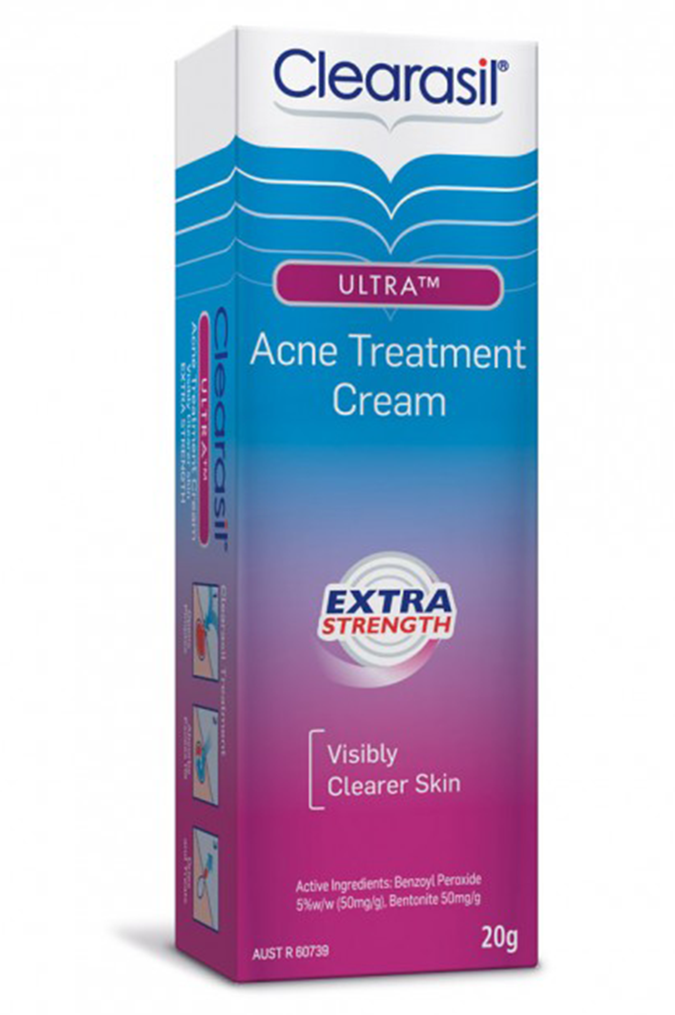
Clearasil Ultra Extra Strength Acne Treatment Cream
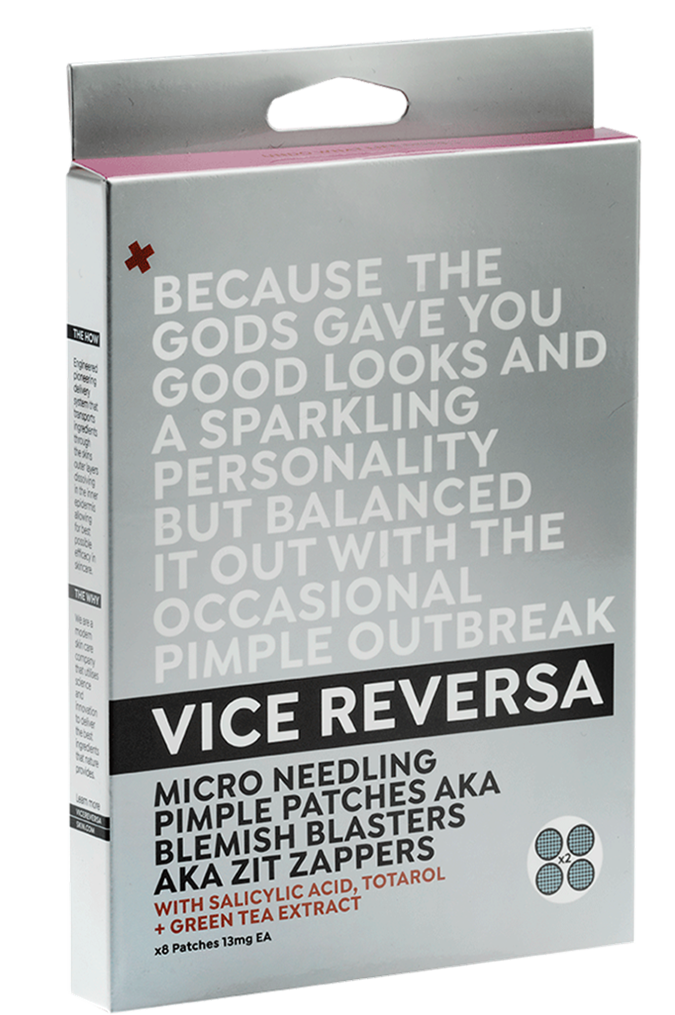
VICE REVERSA Micro Needling Pimple Patches
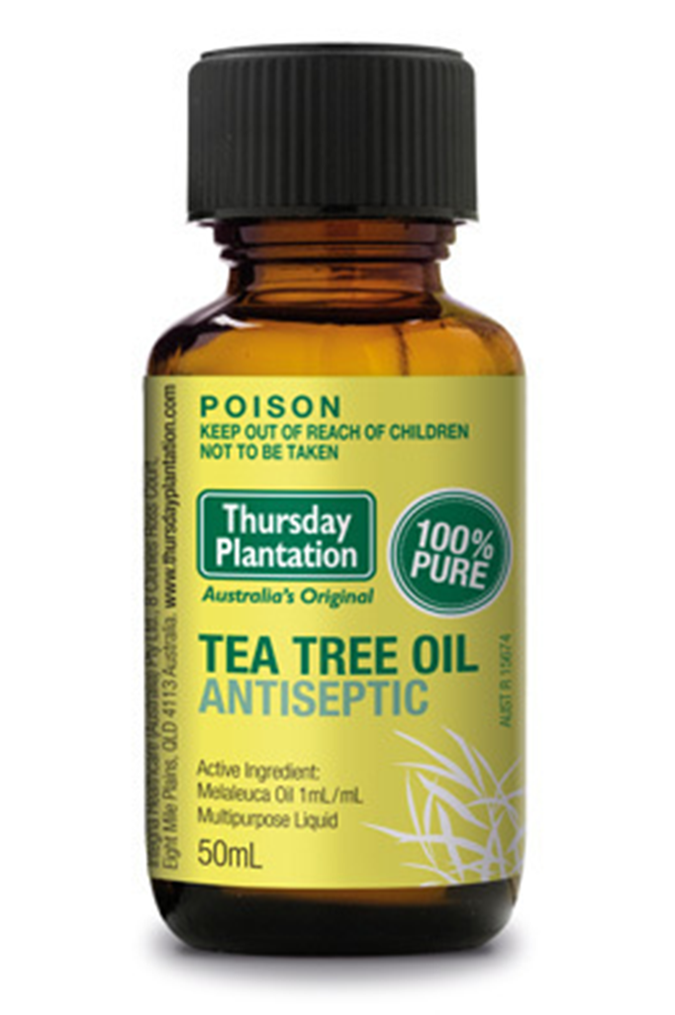
Thursday Plantation Tea Tree Oil
Retinol
According to Dr D’Anna, retinol (a topical form of vitamin A) in serum form is another alternative that can help treat acne and decrease inflammation. “Retinol works to unglue the dead skin cells on the surface by dissolving the connections, or desmosomes, between them. This allows the sebum to escape more efficiently so that acne levels reduce,” says Dr D’Anna.
Try: Medik8 Retinol 6TR
Niacinamide
Niacinamide (vitamin B3) is a water-soluble vitamin that offers a whole host of benefits for your skin. For acne sufferers, its anti-microbial and anti-inflammatory properties make it an effective treatment for tackling mild to moderate acne. Bonus: It's also a lot gentler on your skin than acids, retinoids and benzoyl peroxide – so if you suffer from sensitive skin, this could be a great option.
Try: La Roche-Posay Effaclar Duo (+) Unifiant
Glycolic acid
Glycolic acid is a commonly used alpha hydroxy acid (AHA) and is known as the Holy Grail ingredient for exfoliation. It effectively removes the outermost layer of dead cells so they’re no longer able to mix with the oils (sebum) in your skin and clog your pores. It does all this while giving the skin an extra moisture boost to combat dryness.
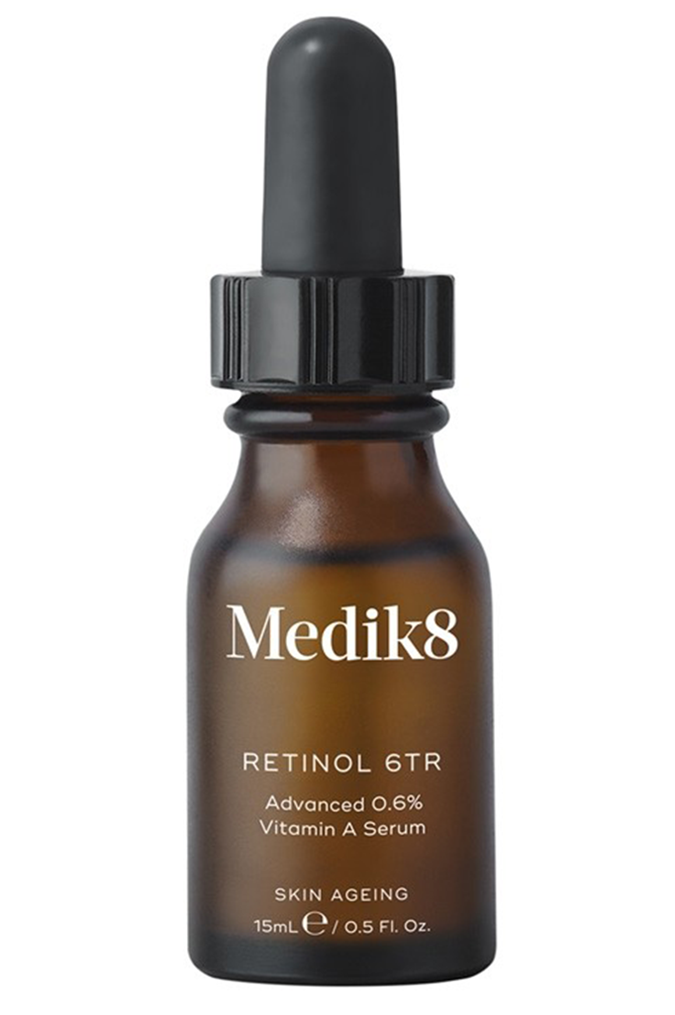
Medik8 Retinol 6TR
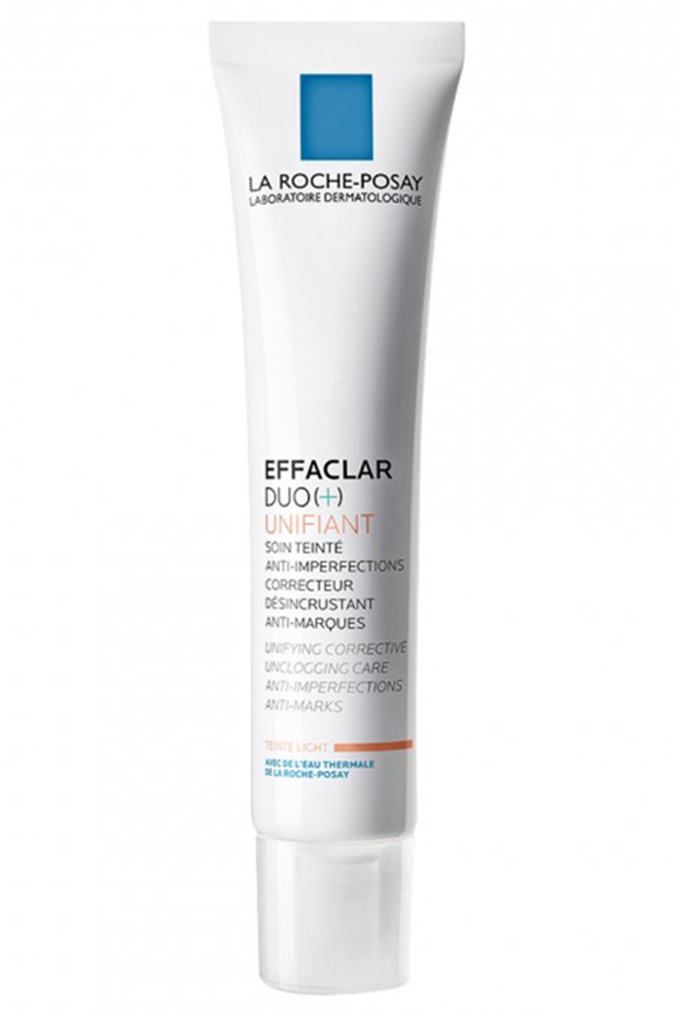
La Roche-Posay Effaclar Duo (+) Unifiant
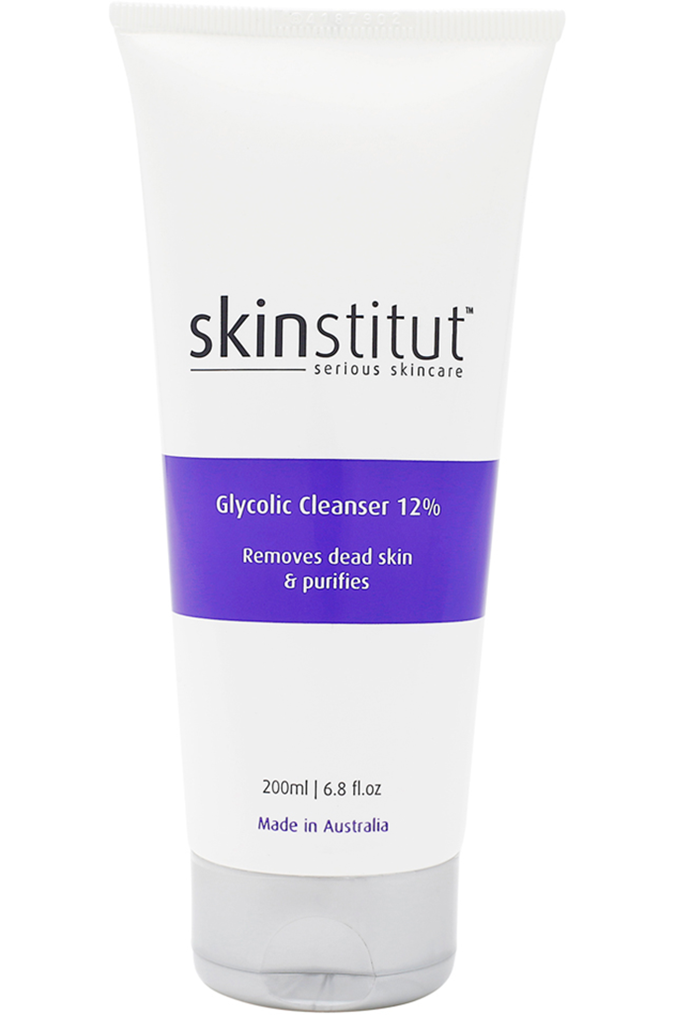
Skinstitut Glycolic Cleanser 12%
Lactic acid
Lactic acid is another alpha hydroxy acid that is water-soluble, and helps to bring hydration to the skin while getting rid of dead skin cells. Dr D’Anna says you can combine this with salicylic acid to get the best of both worlds. As salicylic acid is oil-soluble, the combination of AHAs and BHAs can further help reduce sebum levels.
Try: REN Clean Skincare Glycol Lactic Radiance Renewal Mask
Sulfur
Sulfur works similarly to salicylic acid and benzoyl peroxide in that it helps absorb excess oil production, but it tends to be gentler on your skin. “Like salicylic acid, it removes congestion/build-up by increasing turnover of surface skin cells. It also has some antibacterial properties,” says Ee Ting.
Try: Mario Badescu Drying Lotion
Azelaic acid
Azelaic acid works as a gentle leave-on exfoliant to unclog pores and refine the skin's surface while combatting redness. “Another type of acid (dicarboxylic acid). It has anti-inflammatory, oil-reducing and antibacterial effects, “says Dr Ee Ting. However, she notes that as with any anti-acne topical, it is not always well-tolerated so introduce it slowly into your routine at first.
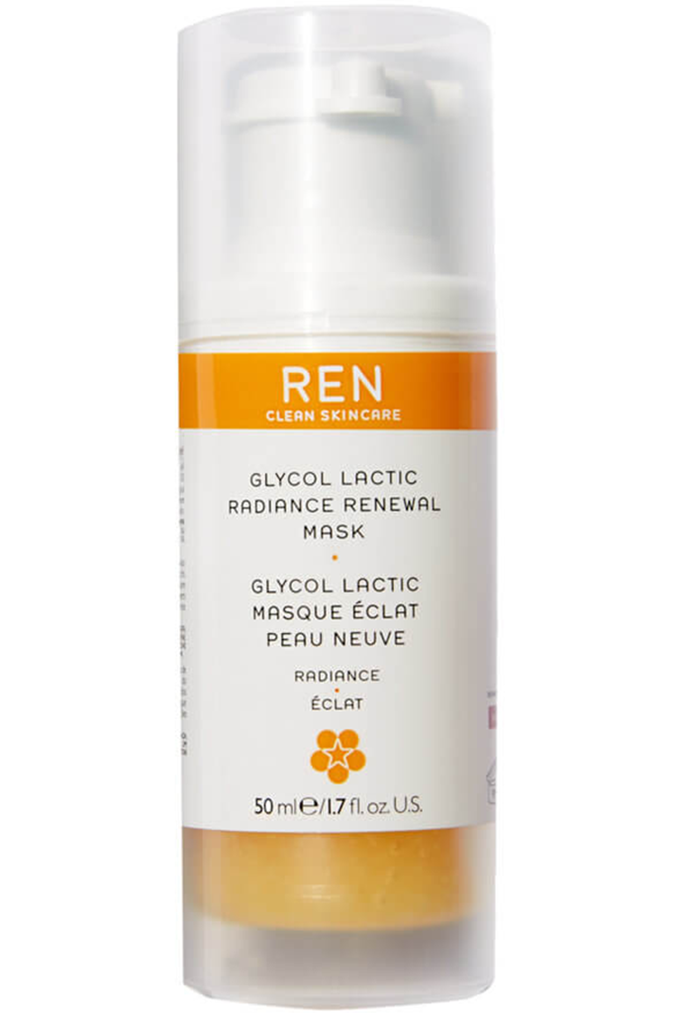
REN Clean Skincare Glycol Lactic Radiance Renewal Mask
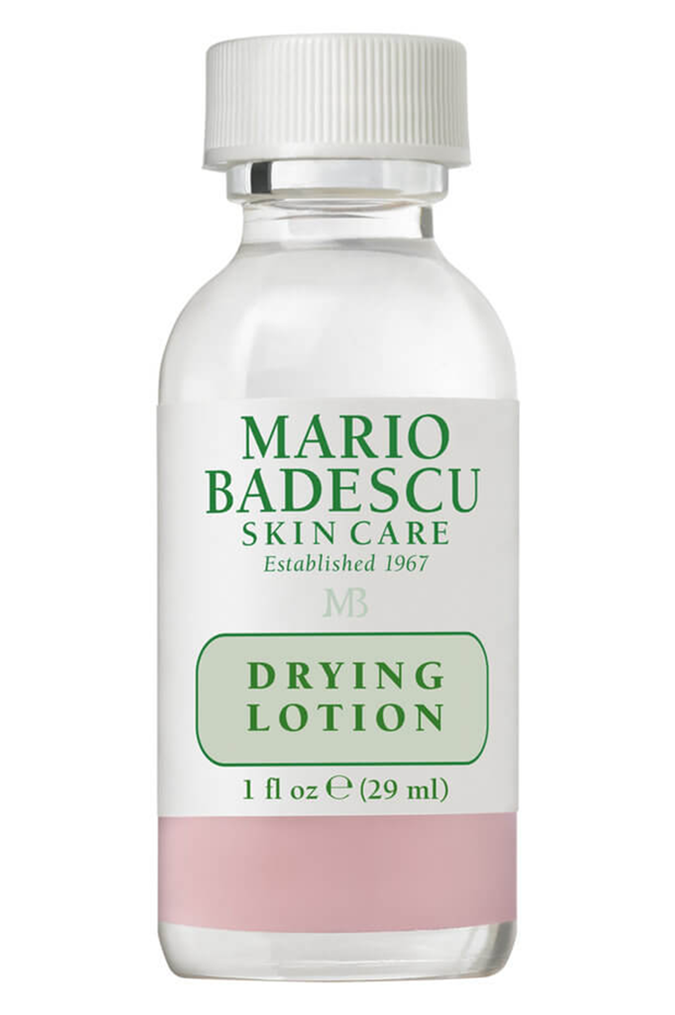
Mario Badescu Drying Lotion
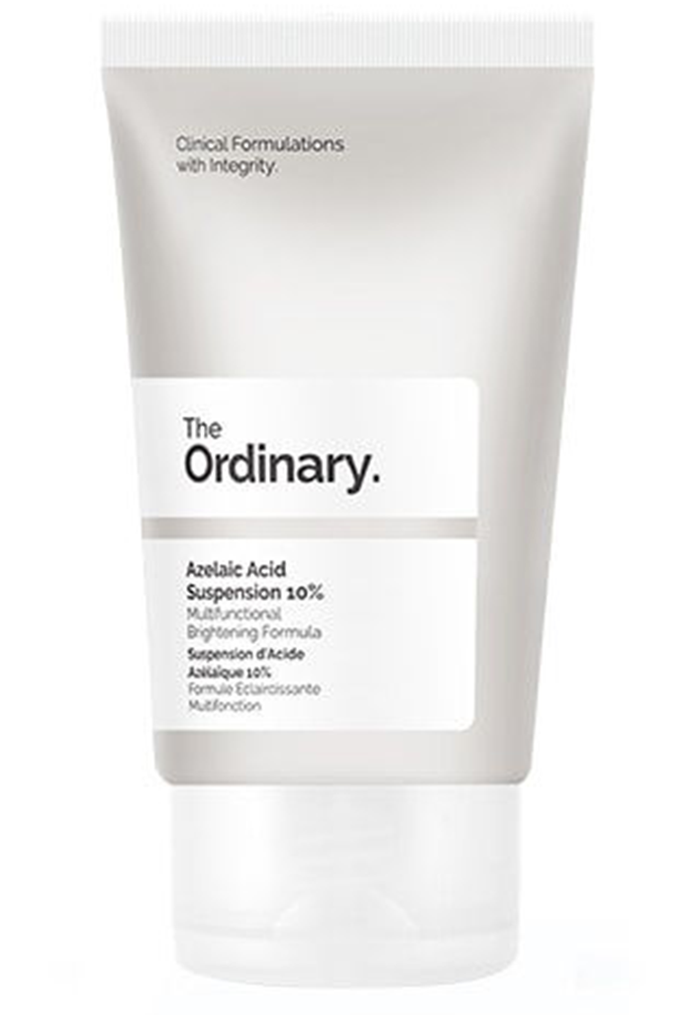
The Ordinary Azelaic Acid Suspension
Mandelic acid
Ee Ting says that similarly to lactic acid and glycolic acid, mandelic acid is another great option for when you’re looking for an ingredient with stronger antibacterial effects. In addition to its effectiveness in exfoliating the skin and unclogging pores, mandelic acid’s antibacterial properties are extremely helpful in combating acne – especially cystic acne.
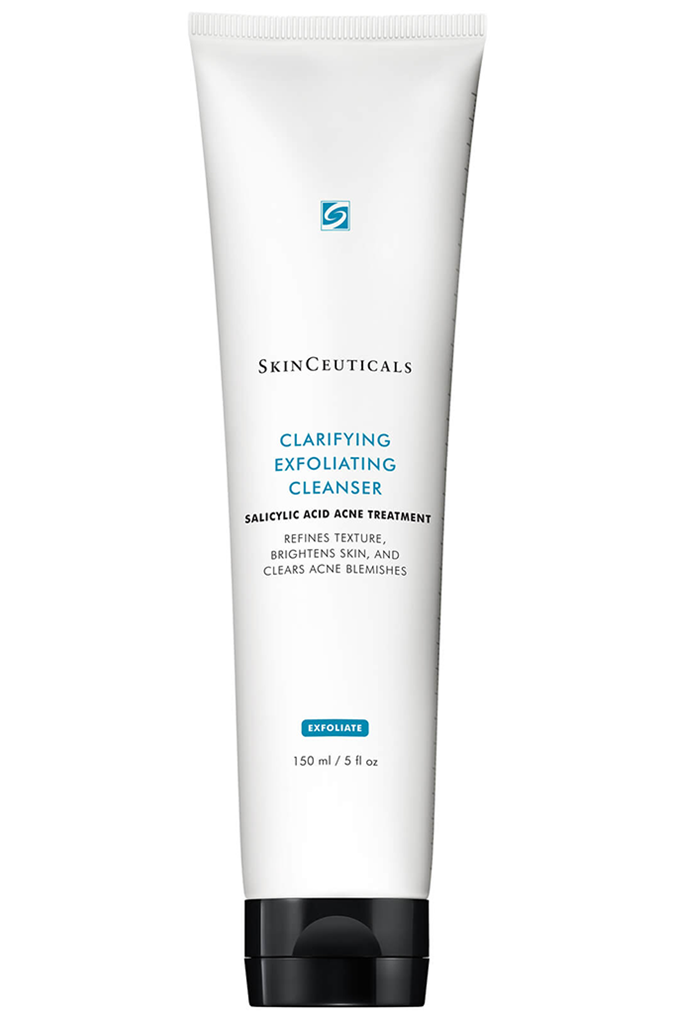
SkinCeuticals Clarifying Cleanser
Struggling with hormonal acne? Here’s everything you need to know to get it under control.
What is your go-to treatment for pimples? Have you tried any of these before? Let us know in the comment section below.
Main image credit: @georgiafowler

Erin Docherty is a Beauty Writer for BEAUTYcrew, Beauty Editor for Women's Health magazine and a Grooming Writer for Men's Health magazine. She has a keen interest in cosmeceutical skin care and is currently working on minimising her 9-step skin care routine – because ain’t nobody got time for that. When she’s not writing about the latest beauty news, or applying copious amounts of serum, you can find her spending all her money in Sephora.







